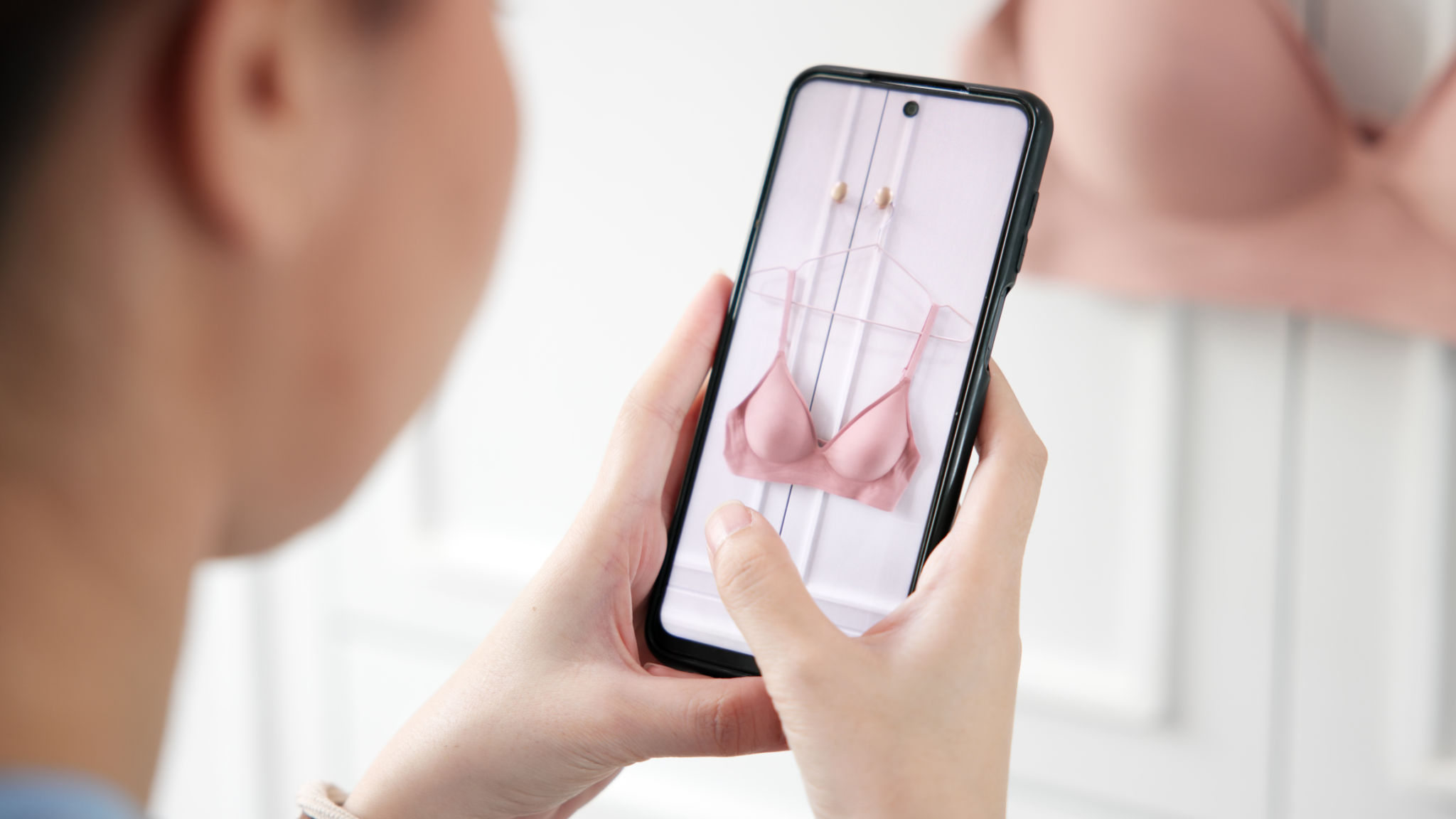Top FAQs About Virtual Try-On Solutions for Clothing Brands
What Are Virtual Try-On Solutions?
Virtual try-on solutions are innovative technologies that allow customers to visualize how clothing items will look on them without physically trying them on. These solutions use augmented reality (AR) and artificial intelligence (AI) to create a realistic representation of garments on a user's digital image or avatar. By seamlessly integrating with e-commerce platforms, virtual try-on solutions provide an interactive shopping experience that enhances customer engagement and satisfaction.

How Do Virtual Try-On Solutions Work?
The core technology behind virtual try-ons involves advanced computer vision and machine learning algorithms. These technologies analyze a customer's body measurements and create a digital model that accurately reflects their physique. Customers can upload photos or use their device's camera to overlay clothing items onto their image in real-time. This process enables a more personalized shopping experience, reducing the uncertainty associated with online clothing purchases.
Many virtual try-on platforms offer additional features such as adjustable lighting and fabric simulation to provide an even more realistic visualization. The integration of these features can significantly enhance the customer experience by allowing them to see how garments will look in various settings and under different lighting conditions.
What Are the Benefits for Clothing Brands?
For clothing brands, virtual try-on solutions offer numerous advantages. Firstly, they can significantly reduce return rates by ensuring that customers have a better understanding of fit and style before purchasing. This reduction in returns not only saves costs but also helps in minimizing the environmental impact of reverse logistics.

Additionally, virtual try-ons can increase customer engagement and satisfaction. By offering an interactive and personalized shopping experience, brands can foster stronger connections with their customers, leading to increased brand loyalty and repeat purchases. Furthermore, these solutions can provide valuable data insights into customer preferences and trends, helping brands make informed decisions about inventory and marketing strategies.
What Challenges Do Brands Face?
Despite their many benefits, implementing virtual try-on solutions can present certain challenges. One major obstacle is ensuring that the technology is accessible and user-friendly for all customers. Not everyone is comfortable navigating new digital tools, so brands must strive to create seamless and intuitive interfaces.
Another challenge is the initial investment in technology and integration with existing e-commerce platforms. While the long-term benefits often outweigh these costs, smaller brands may find it difficult to allocate resources for such investments upfront. However, as technology continues to evolve, more affordable solutions are becoming available, making it easier for brands of all sizes to adopt virtual try-ons.

How Can Brands Successfully Implement Virtual Try-Ons?
To successfully implement virtual try-on solutions, brands should focus on choosing the right technology provider that aligns with their specific needs and goals. It's essential to work with a provider that offers robust customer support and continuous updates to keep the technology up-to-date with the latest advancements.
Brands should also prioritize user feedback during the implementation process. By actively seeking input from customers, they can identify areas for improvement and make necessary adjustments to enhance the overall experience. Marketing efforts should emphasize the availability of virtual try-ons to attract tech-savvy consumers who value innovative shopping experiences.
What Does the Future Hold for Virtual Try-On Solutions?
The future of virtual try-on solutions looks promising as technology continues to advance at a rapid pace. Innovations in AR, AI, and machine learning are expected to further enhance the accuracy and realism of digital fittings. As these technologies become more sophisticated, we can anticipate even greater personalization capabilities, allowing customers to customize their virtual shopping experiences extensively.

Moreover, the integration of virtual try-ons with other emerging technologies like 3D printing could revolutionize the apparel industry by enabling on-demand manufacturing based on customer preferences. This convergence of technologies will likely lead to more sustainable practices and a more efficient supply chain.
